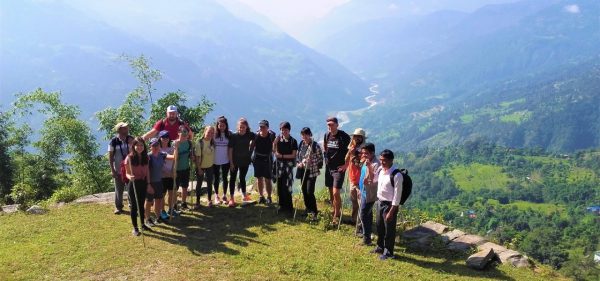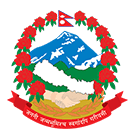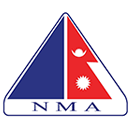Trip Facts
Trip Overview
Everest Base Camp Trek : A Once-in-a-Lifetime Adventure
Embark on the adventure of a lifetime with Nepal Sanctuary Treks for a customized Everest Base Camp Trek. Discover the stunning beauty of the Himalayas, Mount Everest, and immerse yourself in Sherpa culture. With over 26 years of experience, we specialize in creating customized Everest Base Camp Trek itineraries for families, solo travelers, small groups, and school groups.
Reach Everest Base Camp: The Ultimate Trekking Destination
The highlight of your Everest Base Camp Trek is reaching the iconic Everest Base Camp at 5,360 meters (17,590 feet), right at the foot of Mount Everest. Afterward, continue your adventure with a trek to Kala Pathar (5,545 meters / 18,192 feet) for unparalleled panoramic views of Mount Everest and surrounding peaks like Lhotse, Makalu, and Cho Oyu.
Along the way, cross famous suspension bridges, explore vibrant Sherpa villages, and visit centuries-old Buddhist monasteries. Savor traditional Sherpa cuisine and deepen your connection with the Himalayan region.
Why Choose the Everest Base Camp Trek with Nepal Sanctuary Treks?
At Nepal Sanctuary Treks, we provide a personalized Everest Base Camp Trek experience. With over 26 years of expertise in the field, we tailored Everest Base Camp itineraries to suit your pace and preferences. Our experienced Sherpa guides bring invaluable knowledge, offering insights into the rich local culture while ensuring your safety throughout the journey. Our professional team has trekked the Everest Base Camp Trek many times and knows the region inside out.
We focus on small group sizes and rigorous safety protocols, providing you with personalized attention and safety. Our long-standing partnerships with trusted suppliers ensure you have carefully selected accommodations and reliable transportation during your Everest Base Camp Trek. Our goal is to provide a stress-free and safe trekking experience for every trekker.
As a Travelife Certified company, we are dedicated to promoting sustainable and eco-friendly travel. When you choose our Everest Base Camp Trek, you support local communities and help minimize environmental impacts, making responsible tourism a key part of your adventure. Your safety, comfort, and unforgettable experience are our top priorities.
Best Time to Trek Everest Base Camp
The ideal time for the Everest Base Camp Trek are during spring (March to May) and autumn (October to December). These seasons offer perfect trekking conditions with clear skies, mild temperatures, and stunning views of the Himalayan peaks.
In spring, temperatures average around 17°C, with daytime highs of 25°C on sunny days. However, mornings and evenings above 4,000 meters can dip to -15°C.
In autumn, the average temperature is 15°C, with highs of 20°C on sunny days. At higher altitudes, temperatures can drop to -10°C in the mornings and evenings.
For the best Everest Base Camp Trek experience, these seasons ensure optimal weather and spectacular views.
Physical Fitness for Everest Base Camp Trek
The Everest Base Camp Trek is strenuous, requiring good physical fitness. While no technical climbing is needed, long days at high altitudes can be tough. Prepare by focusing on cardiovascular endurance, leg strength, and hiking with a backpack. Include mental resilience, flexibility, and balance exercises like yoga and Pilates for injury prevention and better mobility. A good fitness level will ensure you get the most out of your Everest Base Camp Trek and have an enjoyable experience along the way.
Customizable Everest Base Camp Trek Itinerary
This journey is more than just about reaching Everest Base Camp; it’s about experiencing the culture, adventure, and natural beauty of the Himalayas. From tea houses to villages, every part of the Everest Base Camp Trek is designed to make you feel connected to the land and people.
If you are looking to trek to Everest Base Camp, whether for the challenge, the views, or the experience of a lifetime, we can tailor your trip to your needs. We specialize in creating Everest Base Camp Trek plans that fit your personal goals, fitness level, and interests.
Contact us today to plan your custom Everest Base Camp Trek.
This is a sample itinerary of the Everest Base Camp Trek. We shall customize the program as per your needs and preferences.
Note: Below trekking hours, altitudes, and distances are approximate, and absolutely for the general idea only.


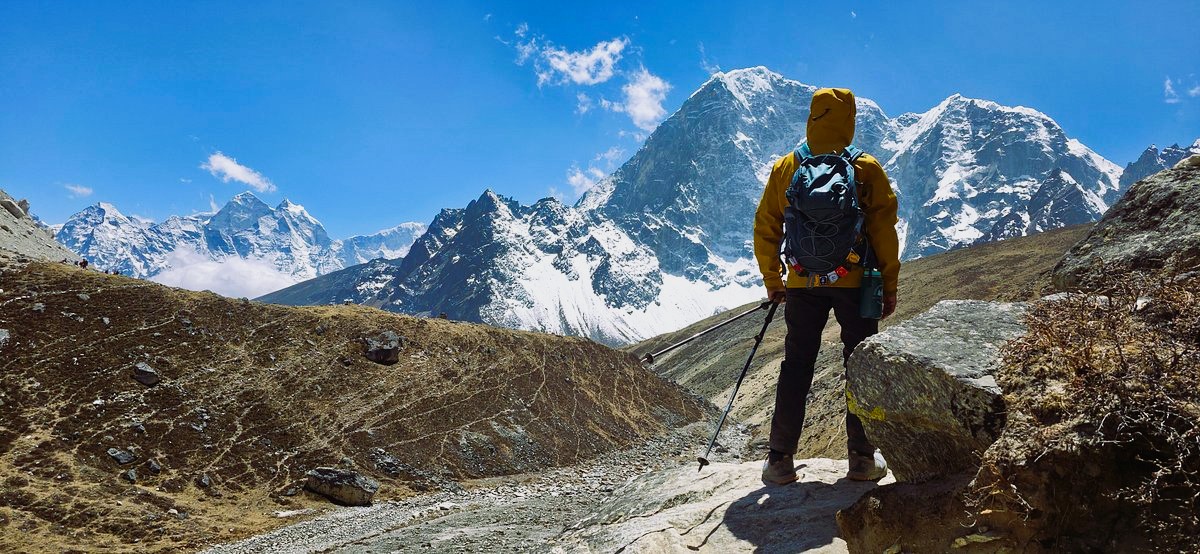

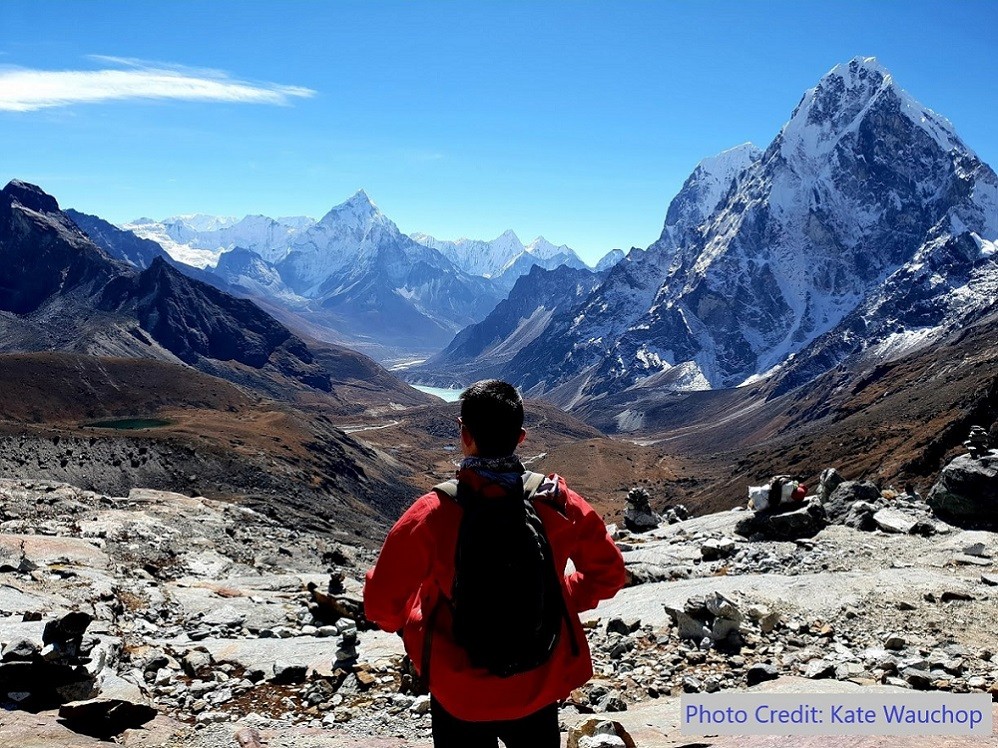
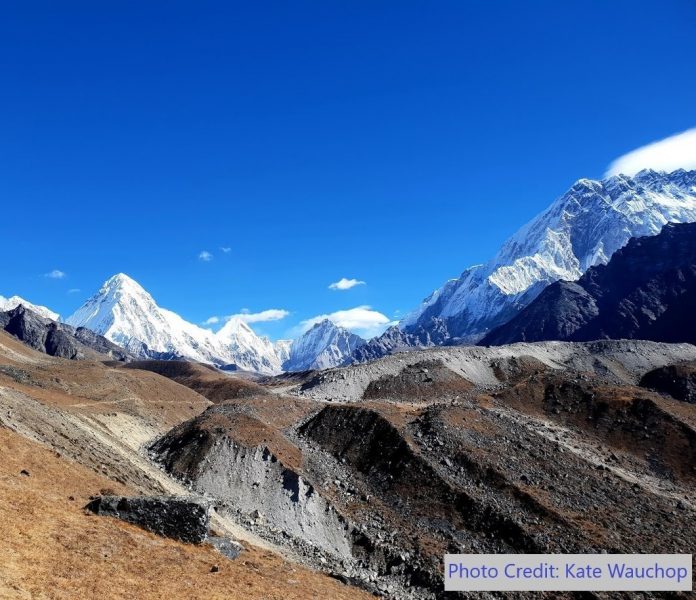
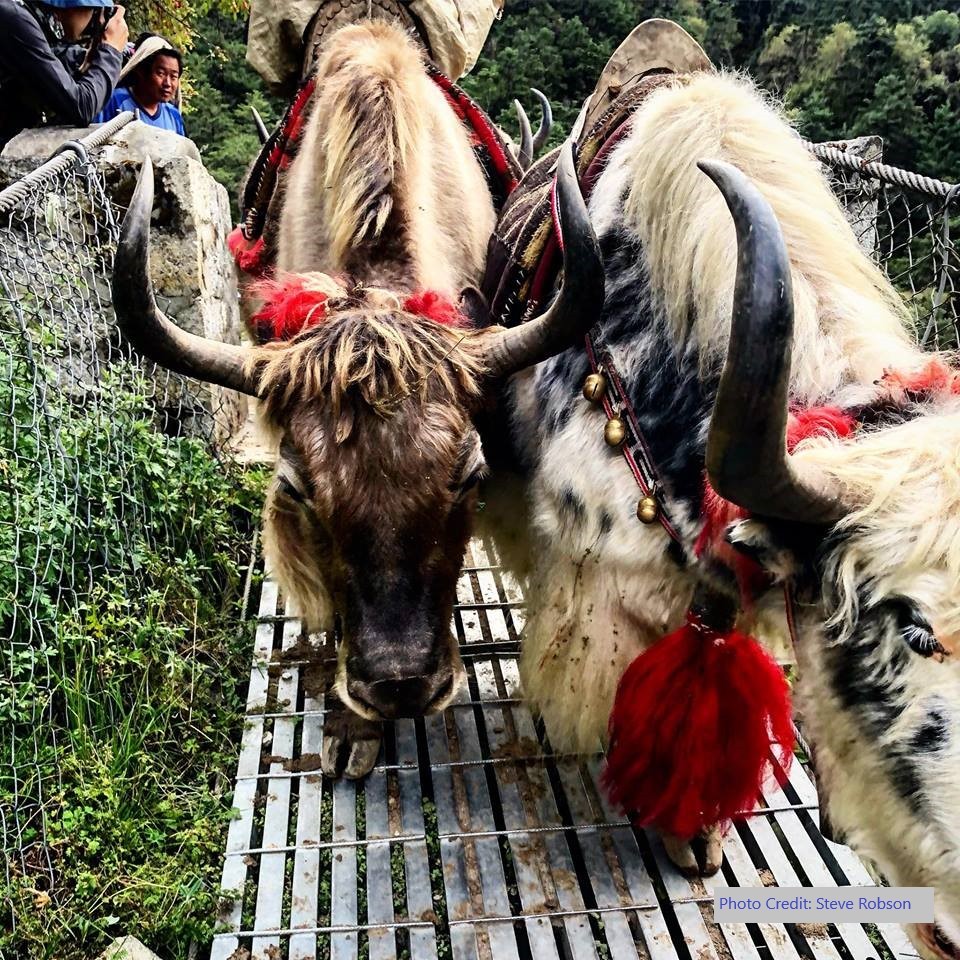

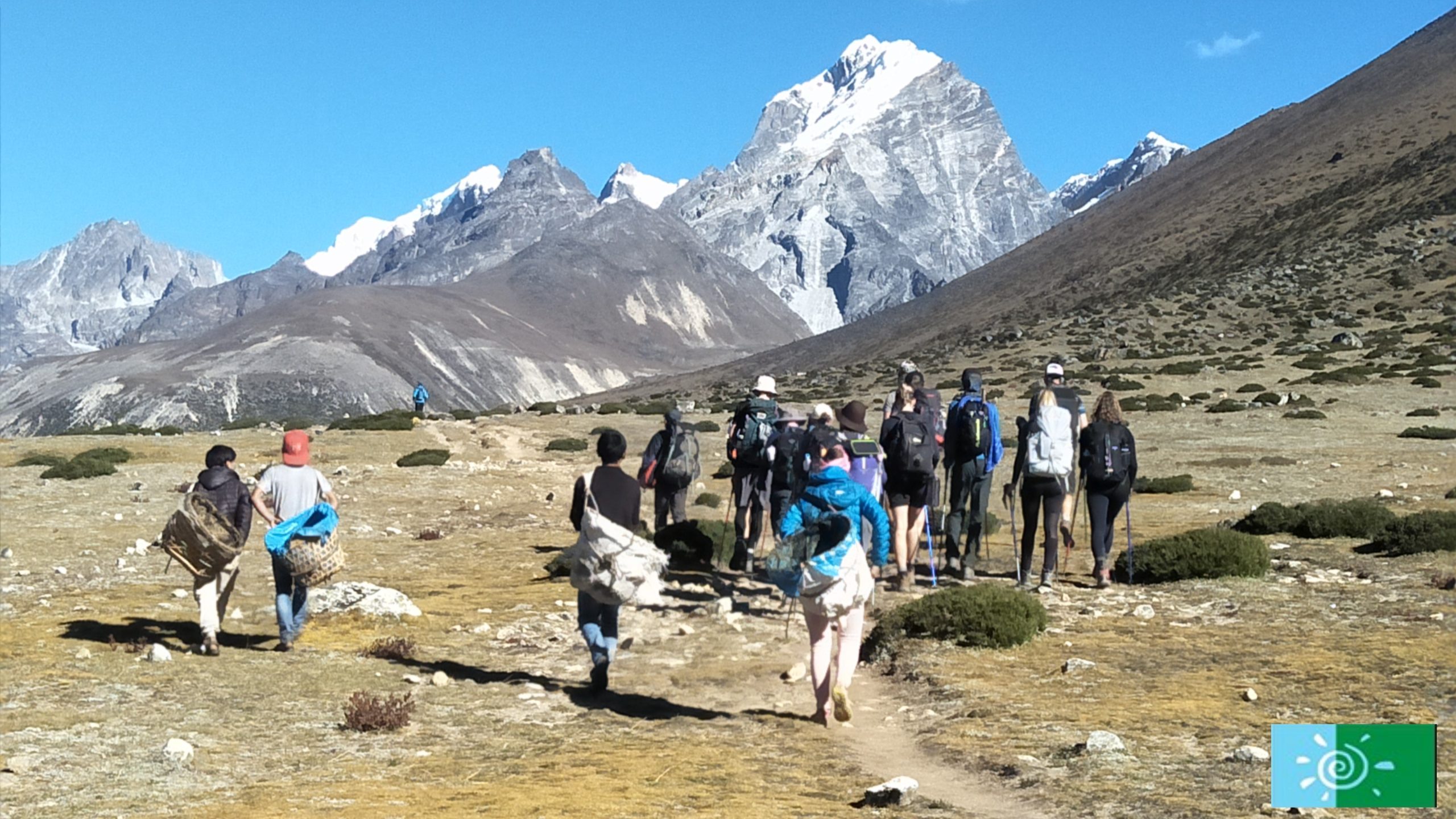




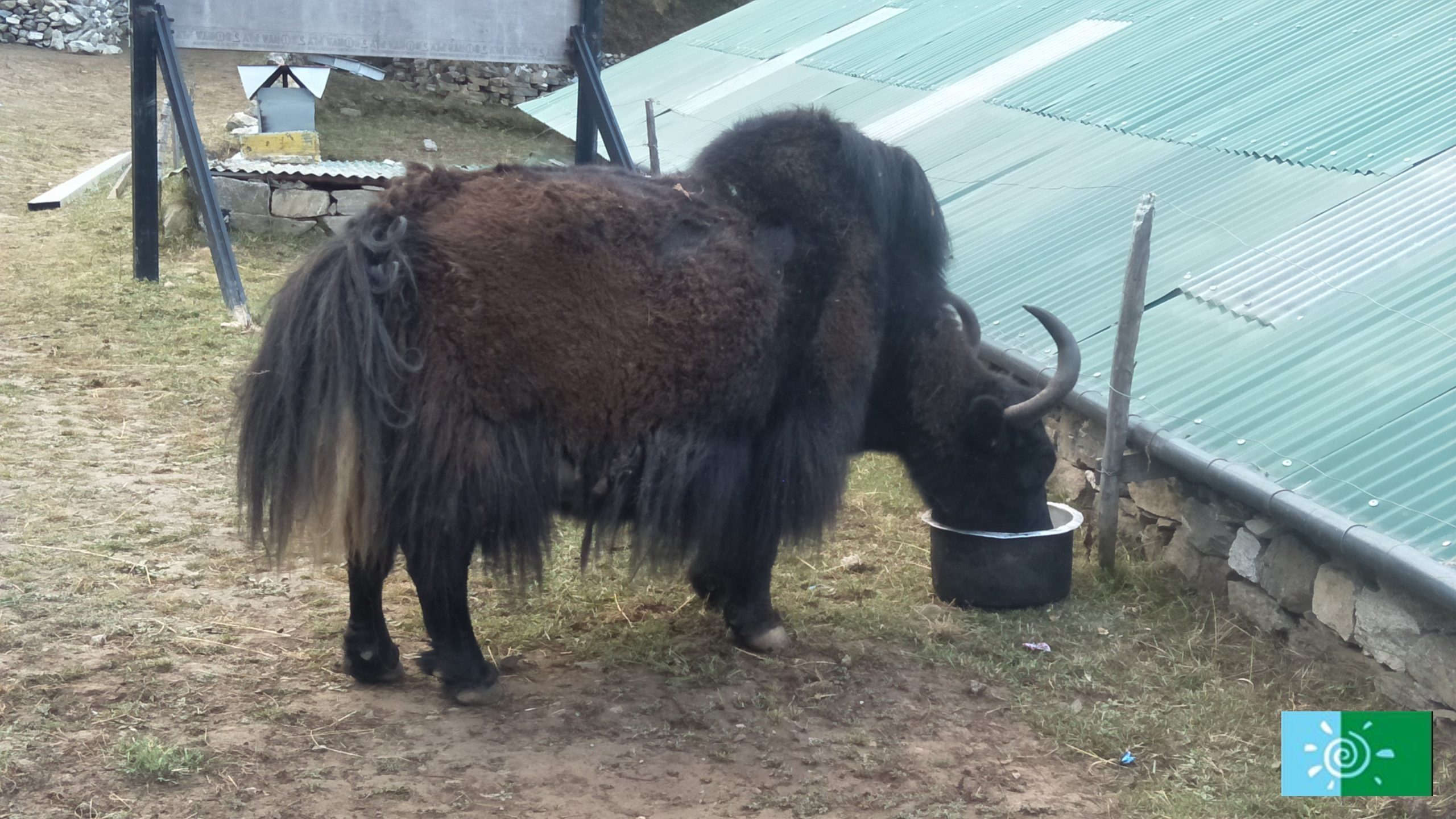
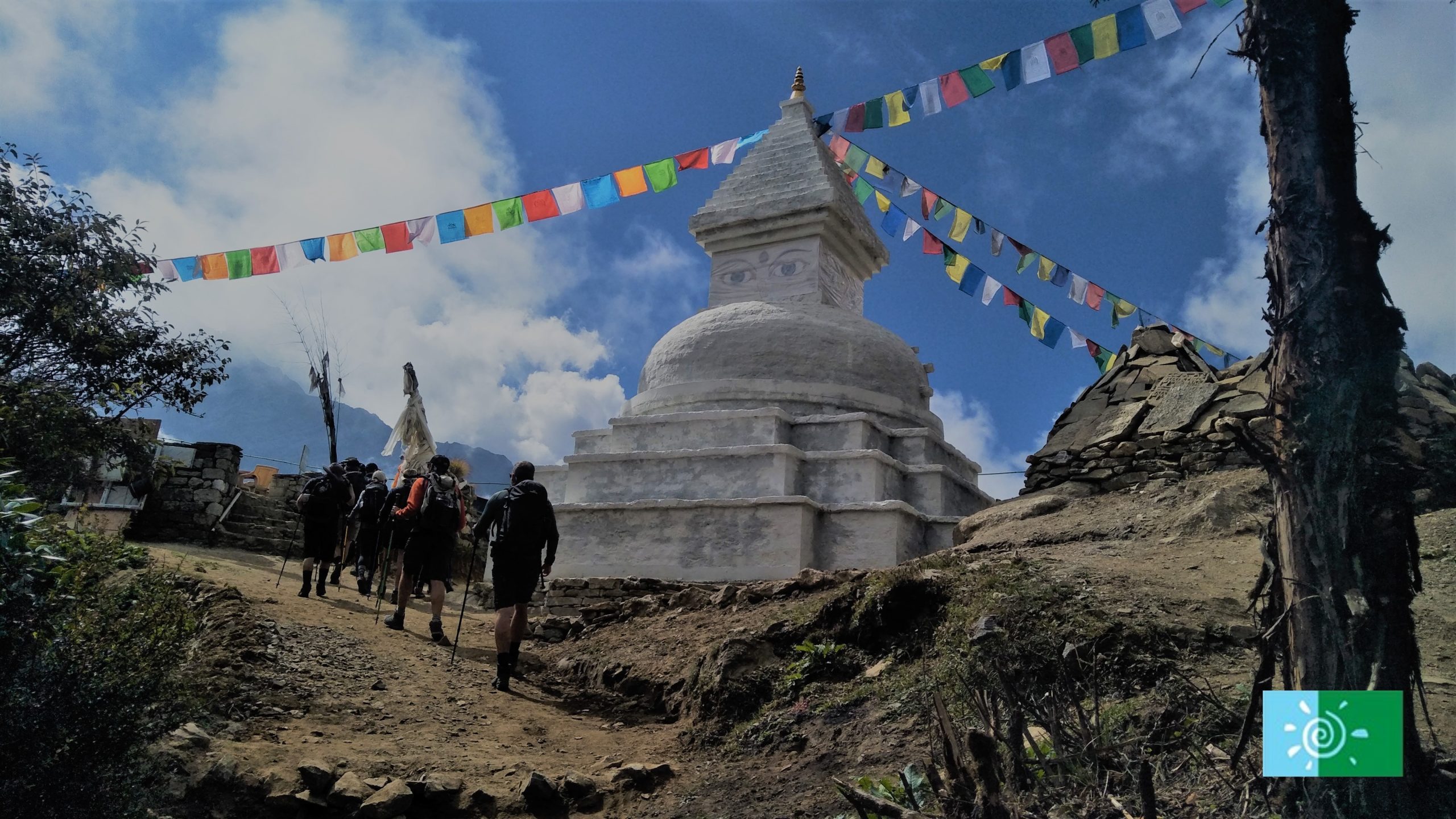
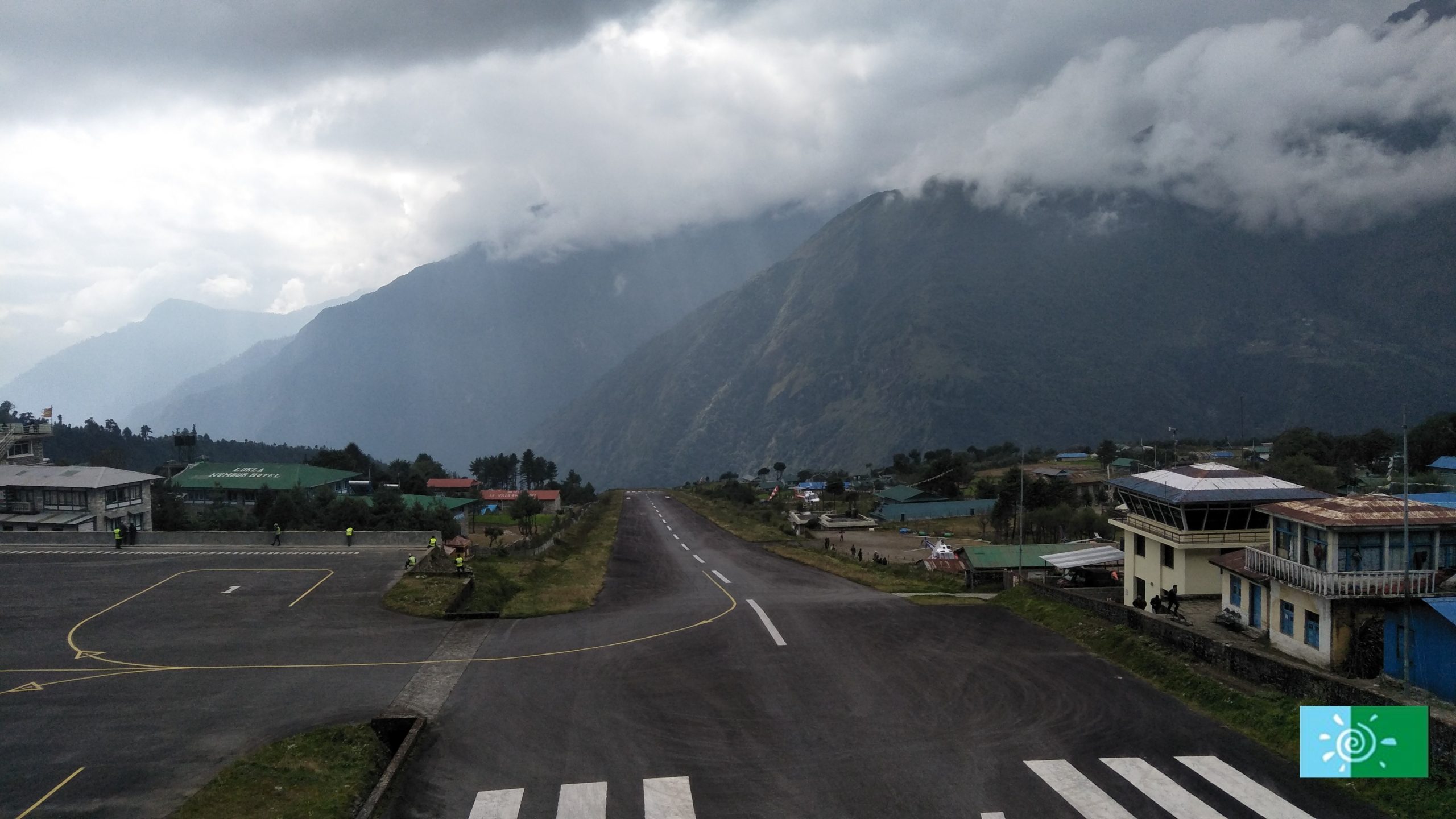

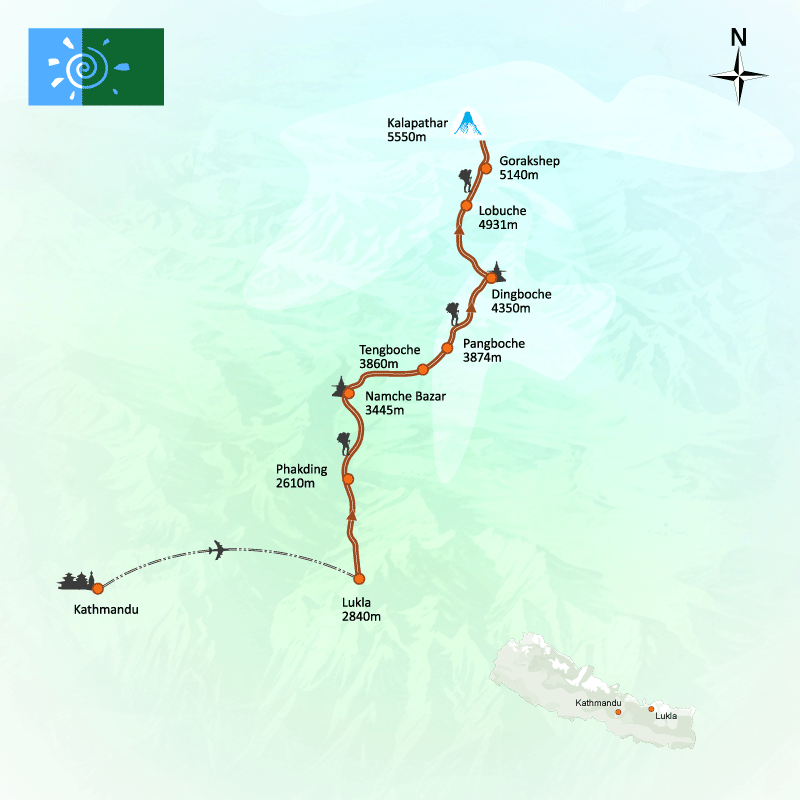

 Altitude:
4,600 m/15,092ft.
Altitude:
4,600 m/15,092ft.
 Difficulty:
Moderate
Difficulty:
Moderate

